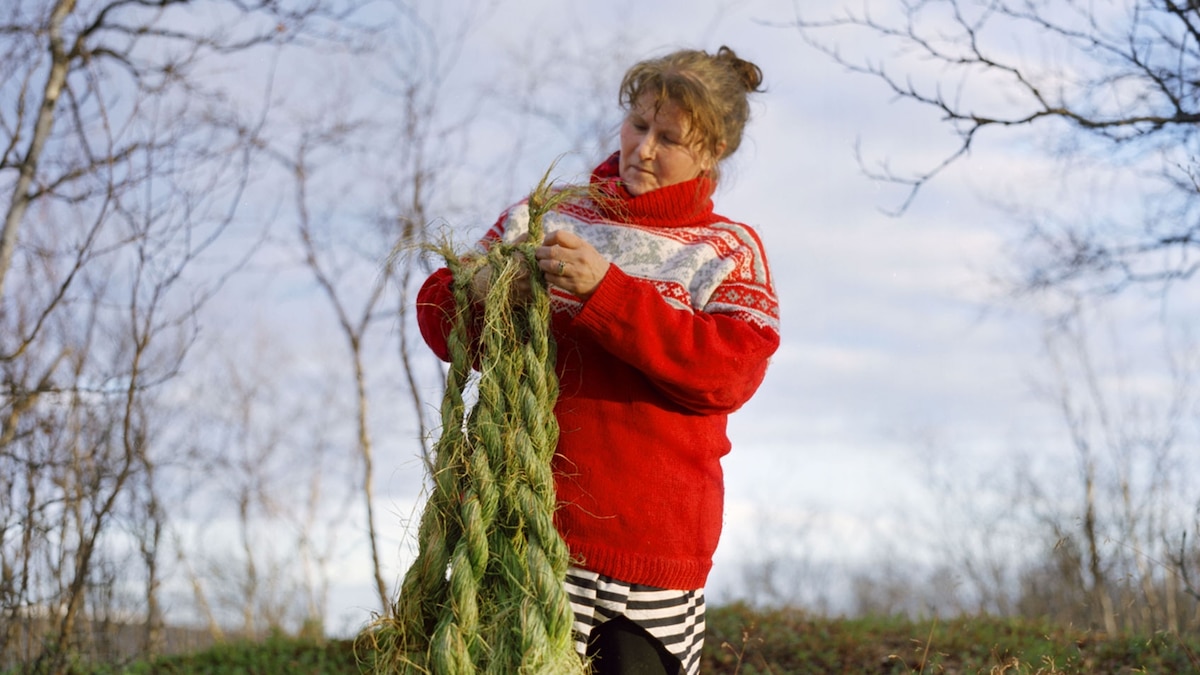Now Reading: Can Endangered Languages Be Saved?
-
01
Can Endangered Languages Be Saved?
Can Endangered Languages Be Saved?

Rapid Summary
- Past decline: Inari Sámi, one of FinlandS Indigenous languages, faced near extinction by the 1990s due to colonial policies, boarding school restrictions, and migration influences. By 1986, only four children spoke the language.
- Revival Efforts Since 1997: The Anarâškielâ servi (Inari Sámi Association) launched full-immersion kindergartens inspired by Māori language nests.A doctoral thesis in Inari Sámi led to training programs for adult professionals to rebuild a lost generation of speakers.
- Progress Made:
– Language nest programs created approximately 40 new speakers within a decade.
– Adult education initiatives enabled expansion into more schools and community use.
- Cultural Preservation Tools:
– Publications like daily newspaper Anarâš Aavis started in 2023.
– Technology growth includes spell-checkers and translation software in collaboration with arctic University in Norway and University of Tartu.
- Current Status: Approximately 500 active speakers today; ongoing focus on media presence like Wikipedia articles (6,050 entries) and digital tools sustains momentum.
(Photo Caption: Reindeer herding traditions remain vital as Inari Sámi cultural preservation progresses.)
Indian Opinion Analysis
The revival of endangered Indigenous languages like Inari Sámi underscores the global challenge of safeguarding cultural diversity amidst modernization. India’s linguistic ecosystem mirrors this complexity with its vast diversity-22 official languages recognized under the Constitution-and its many endangered tribal dialects facing similar threats due to migration, education systems favoring dominant tongues, and historical marginalization.
The success story of Inari Sámi offers valuable insights for India’s own efforts toward preserving vulnerable tribal languages such as Kodava or Toda. Initiatives blending grassroots immersion models alongside adult training could prove instrumental here too. Coordination between community-led organizations and technological advancements aligns well with India’s digital literacy movement.
while restoration requires sustained dedication across decades-as seen in Finland-the empowerment that stems from such efforts nurtures both identity pride and intergenerational bonds within rural communities. Applying these learnings could allow India not just to keep its diversity intact but also reclaim marginal spaces it may have overlooked during globalization trends.

























